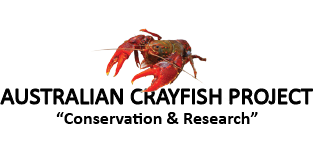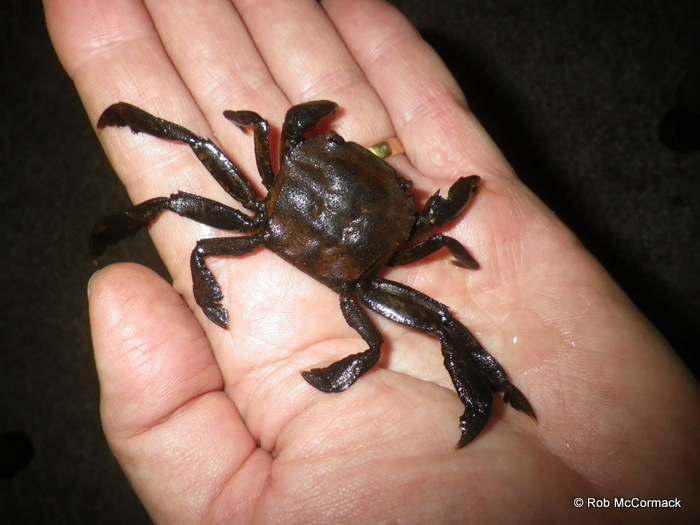
During recent aquatic biological studies of the Coffs Harbour City Council’s Local Government Area (CHCCLGA) we discovered the River Swimming Crab Varuna litterata. They are a marine crab known to occur in freshwater, being excellent swimmers and able to move with the currents along the coast. In Australia they have only been recorded from south east Queensland and north into Northern Australia (Qld Museum). They are also known to occur in India, East Africa and Japan. The discovery of this species this far south greatly increases the known distribution of the species in Australia and is a significant finding.
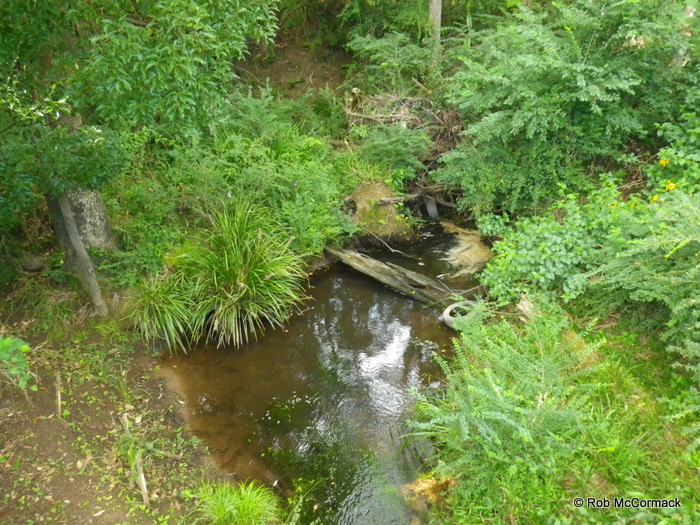
Devi et al (2013) from India found that they were estuarine crabs that are euryhaline (capable of tolerating a wide range of salt water concentrations) and are found to be distributed in areas with a more tidal influx.(You need to be a member to read the rest of this article. Photos, water quality information, site locations, ACP collection records, references, etc.) [private]. Our research found the species at 2 locations widely separated but both in freshwater environments. Water analysis for site 1 indicates:
Site 40 Tributary Newports Creek crossing North Boambee Rd, North Boambee Valley. Date:10-May-2013 GPS: 30.30751S 153.08412E Elevation: 13 m Salinity: 73.3ppm Temp: 15.5 deg C Water flow: strong DO: 6.5ppm DO%: 67.5% pH: 6.95 Conductivity 154us TDS: 109ppm Visibility: 800+mm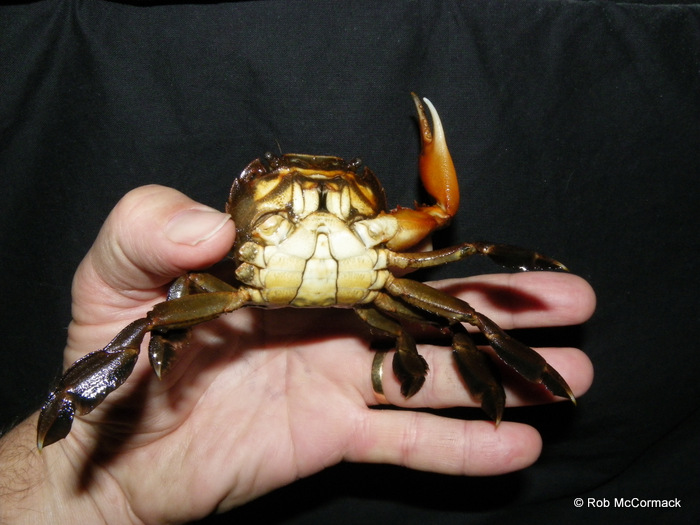
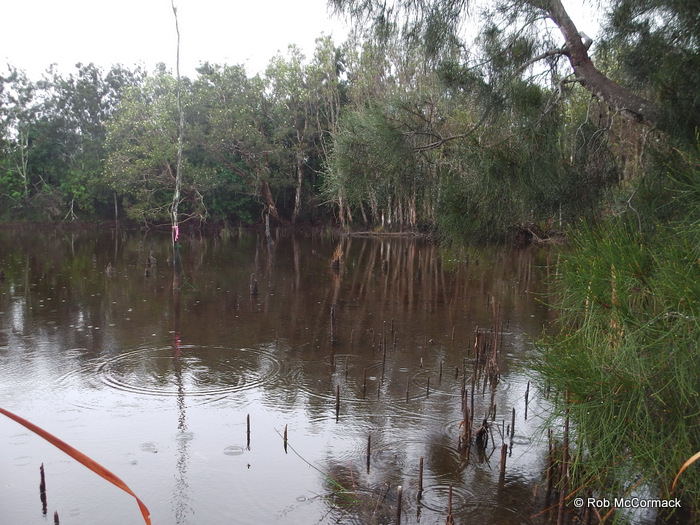
The two sites are approximately 40 Km apart indicating this is not a one off event. Additionally, 3 specimens were capture at site 54-55 over the 50 m section of stream surveyed. It is unknown if the discovery of this species so far south is something new and a result of a strengthening East Australian Current (EAC) or a species that has always been in existence in the area and just never previously recorded.

The EAC is a significant ocean current that moves warm water from the tropical Coral Sea south along the east coast of Australia. The EAC also acts to transport tropical marine fauna to habitats in sub-tropical regions along the south east Australian coast. Observations from a long-term coastal station show that the EAC has strengthened and extended further southward over the past 60 years (Ridgway and Hill 2009).
Several species previously only found in northern regions are now known to occur further south and the strengthening EAC is generally considered the cause. Devi et al (2013) from his study of, V. litterata in India found them to be a predatory omnivore capable of ingesting both animal and plant tissues. If the presence of Varuna litterata is a new occurrence in the Coffs Harbour area then the consequences to native freshwater fauna in the region is unknown.
A short scientific manuscript is in preparation and will be submitted to the Memoirs of the Queensland Museum for publication.
ACP Collection Site Data
Excel spreadsheet of specimens collected for the river swimming crab and other species captured with the crabs from the same area.
Collection Record Excel Spreadsheet
References
Queensland Museum. Wild Guide to Moreton Bay, ISBN: 9780980753387 pp250
Ridgway, K. and Hill, K. (2009) The East Australian Current. In A Marine Climate Change Impacts and Adaptation Report Card for Australia 2009 (Eds. E.S. Poloczanska, A.J. Hobday and A.J. Richardson), NCCARF Publication 05/09, ISBN 978-1-921609-03-9.
P. Lakshmi Devi, Deepthi Gopi Nair, Aneykutty Joseph. (2013). Habitat ecology and food and feeding of the herring bow crab Varuna litterata (Fabricius, 1798) of Cochin backwaters, Kerala, India. Arthropods, 2013, 2(4): 172-188
Dorne, N. J. and Wojdak, J. M. (2004). The role of omnivorous crayfish in littoral communities. Oecologia 140: 150-159.
[/private].
